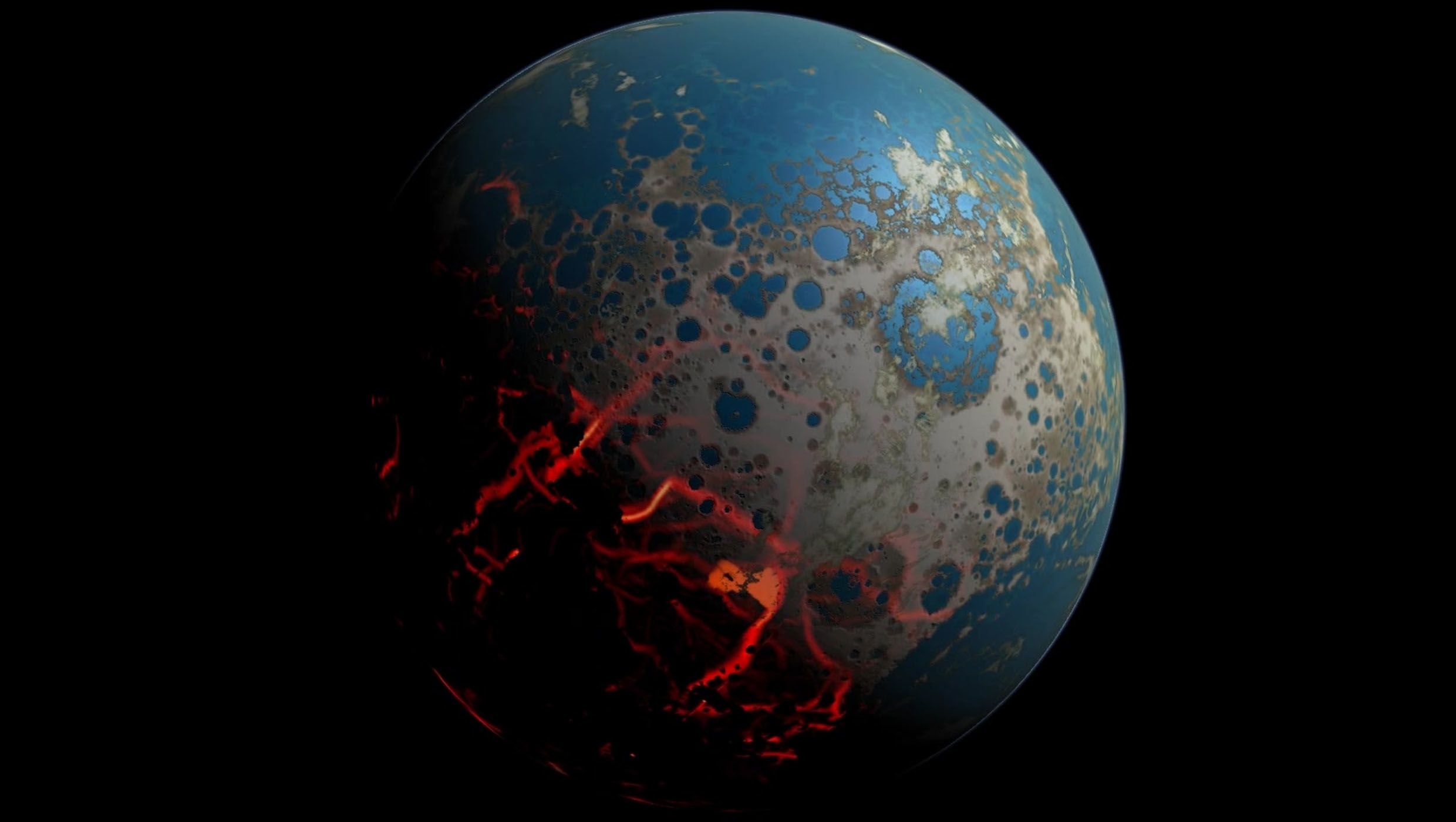Create a free profile to get unlimited access to exclusive videos, sweepstakes, and more!
Could we actually breathe in the atmospheres of alien planets?

Futuretech visionaries like Elon Musk dream of colonizing space, but human bodies aren’t exactly equipped to breathe in alien atmospheres…at least most alien atmospheres.
If you ask Ph.D. student Lewis J. Alcott and academic fellow Benjamin W. Mills of the School of Earth and Environment at the University of Leeds, there might be planets out there that don't even require an oxygen tank. Their latest research has found that it didn’t necessarily take one pivotal event to flood Earth’s atmosphere with oxygen. If the forces on our planet that brought about the levels of oxygen we breathe in are present on other planets, it is possible that the same types of forces could create oxygen-rich environments on planets light-years from our own.
“What is really exciting about all of this is that the oxygenation pattern can be created without the need for difficult and complex evolutionary leaps forward, or circumstantial catastrophic volcanic or tectonic events,” Alcott and Mills explained in an article they recently wrote for The Conversation. “So it appears that Earth's oxygenation may have been inescapable once photosynthesis had evolved.”
We first have to understand how oxygenation happened on our own planet if we want to get an idea of how other worlds could have developed atmospheres we can actually breathe in.
Oxygenation is the process by which the oxygen levels in Earth’s atmosphere and oceans increased. The Paleoproterozoic, Neoproterozoic, and Paleozoic eras each saw a major boost in atmospheric and aquatic oxygen. The problem with previous theories is that they relied too heavily on a pivotal event — such as one monumental volcanic eruption — to explain how Earth ended up with that much oxygen. Alcott and Mills set out to debunk these theories with a theoretical computer model that suggested the process was actually the result of, as they said in a study recently published in Science, “internal feedbacks in the long-term biogeochemical cycles of carbon, oxygen and phosphorus.”
Biogeochemical cycles are the biological, geological, and chemical cycles which elements of living matter, like oxygen, go through. The oxygen cycle is how oxygen moves through Earth’s atmosphere, biosphere, and lithosphere. The layers of gasses surrounding Earth are obviously the atmosphere. Every ecosystem on the planet that makes up the biosphere, and crust, and upper mantle are the lithosphere, which holds the most oxygen where you’d least expect it (and get this — the atmosphere actually has the least).
For an example of an oxygen cycle, just take a breath. You breathe in oxygen and release carbon dioxide, which plants breathe in to use for metabolic processes, which convert it into the oxygen that they breathe out. Repeat over and over again.
Back to alien atmospheres... if another planet’s atmosphere is going to have as much oxygen as Earth’s, then it needs phosphorus. Not only is phosphorus necessary for photosynthesis to happen in land and especially marine plants that produce oxygen, but the phosphorus levels on a planet can ultimately determine total planetary oxygen production. Oxygen levels can fluctuate depending on phosphorus levels. There are two phenomena that affect these fluctuations the most. Decomposition of microbial photosynthetic organisms, like phytoplankton and algae, sucks oxygen out of the water, and volcanic eruptions remove atmospheric oxygen.
The thing is, these processes could happen on any planet. You just need alien photosynthetic life-forms. Now the only question left is where can we find these planets... so maybe the James Webb Telescope can tell us when it finally gets off the ground.
(via The Conversation)














